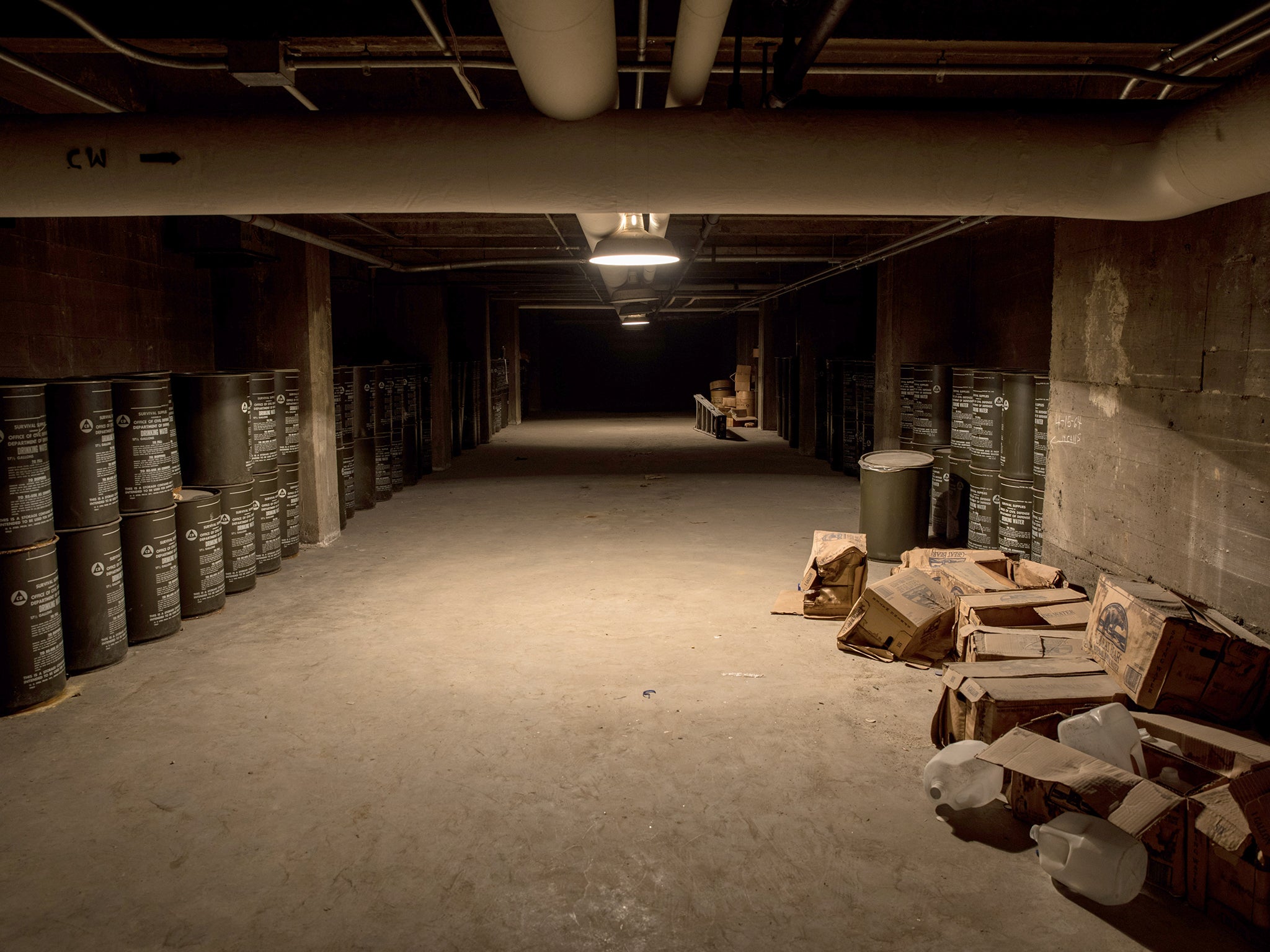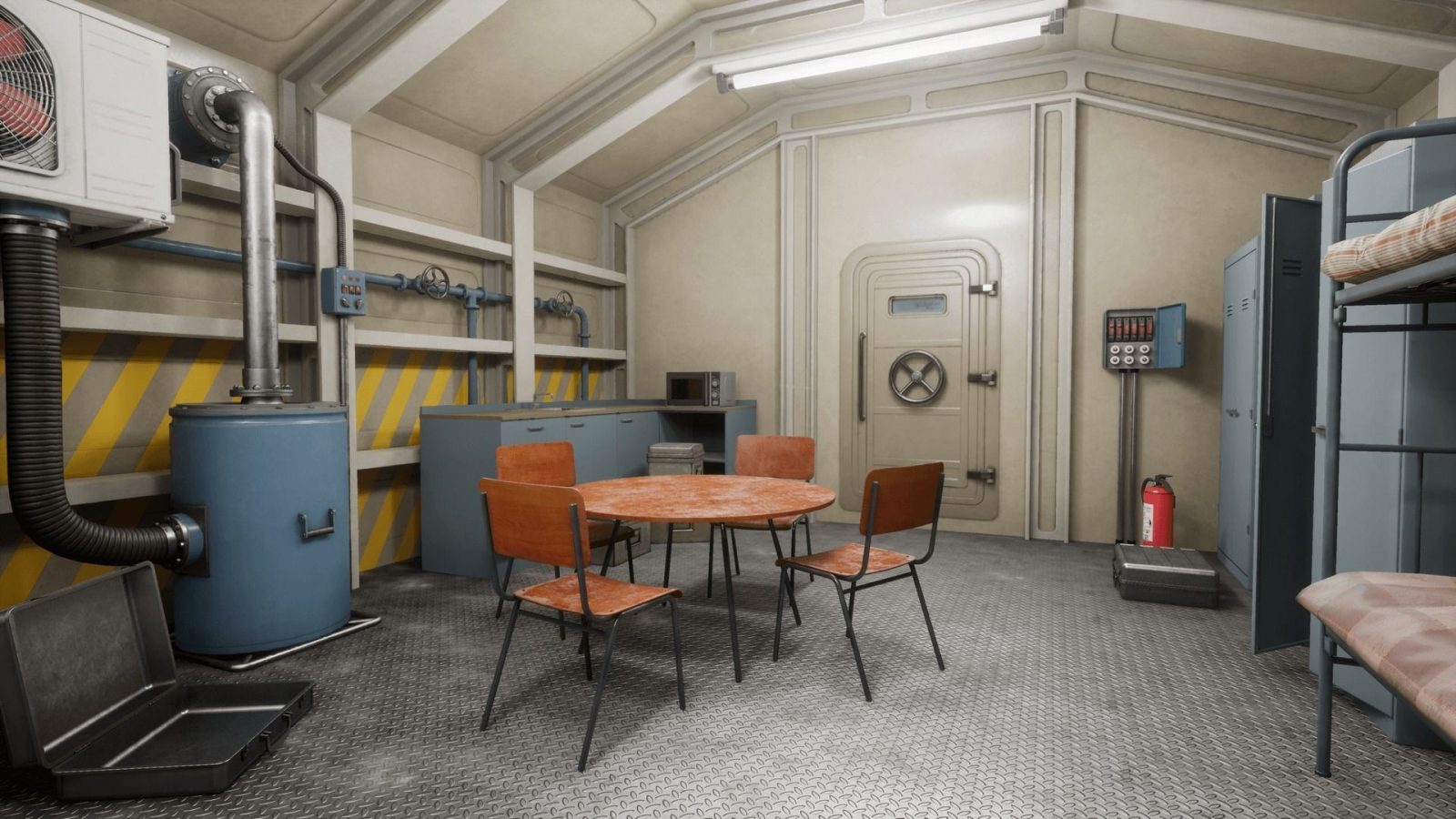

I’m not sure how many people were building these shelters, but they were certainly talking about them. “Nancy” by Ernie Bushmiller, July 27, 1951 If it’s becoming a common reference-point on the country’s funny-pages, it’s hit mainstream acceptance. It wasn’t long, though, before bomb shelters became all the rage in the early ’50s as the Cold War heated up. Mayo, addressed to the people of Dallas - can be seen here.) I’m not sure how much “survival” there would be in case of a nuclear attack, but, like a good Boy Scout, one should at least be prepared.īackyard bomb shelters were necessary in Britain during World War II and saved countless lives during the almost nightly German air raids (I wrote about these shelters on another blog, here), but it was a new concept to post-war America. (The full ad - with an exhortative letter by Commission chairman John W. The arrival of Passport to Survival (“presented as a public service by your friendly Mobil dealer and Magnolia Petroleum Company”) was heralded by a newspaper ad in November, 1958 (its eye-catching “DISASTER CAN HIT DALLAS!” artwork is seen above).

Dallas County, knew that it was talking about a potential direct strike by nuclear missiles: “DALLAS IS A MAJOR TARGET AREA!” (See images from this pamphlet at the end of this post.) And this mild-mannered-looking pamphlet made sure you, Mr. Though the information contained in this publication could be applied to any disaster or emergency (nuclear-based or otherwise), it was printed a time when visions of Soviet atomic bombs were dancing in the heads of many concerned Americans.

In 1958, the Dallas City-County Civil Defense Commission published a free informational pamphlet titled Passport to Survival, which contained evacuation maps for Dallas County, preparation tips, an emergency supply checklist, etc. During the Cold War, the fear of nuclear attack was very real in the United States, reaching its peak of anxiety in the late 1950s and early 1960s.


 0 kommentar(er)
0 kommentar(er)
